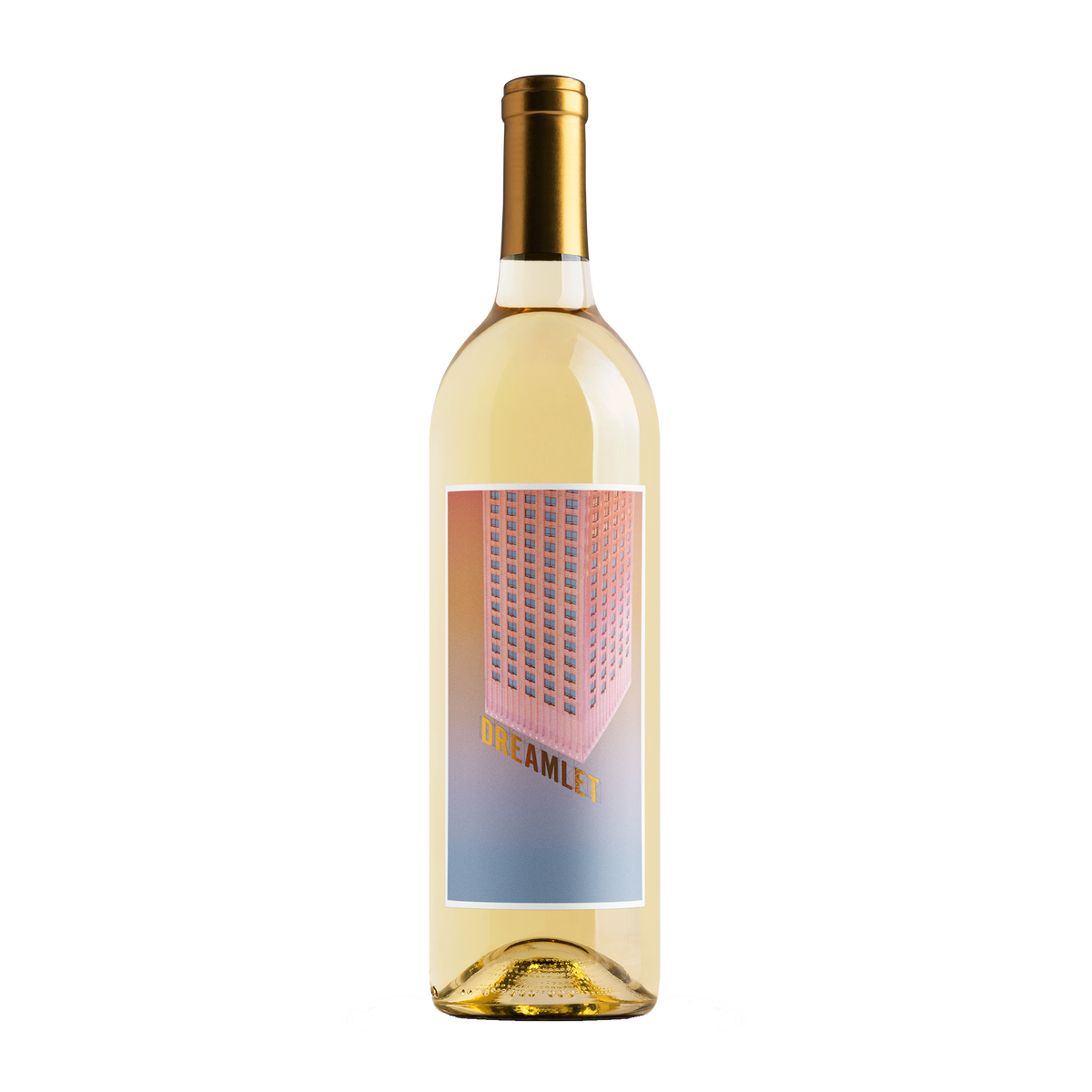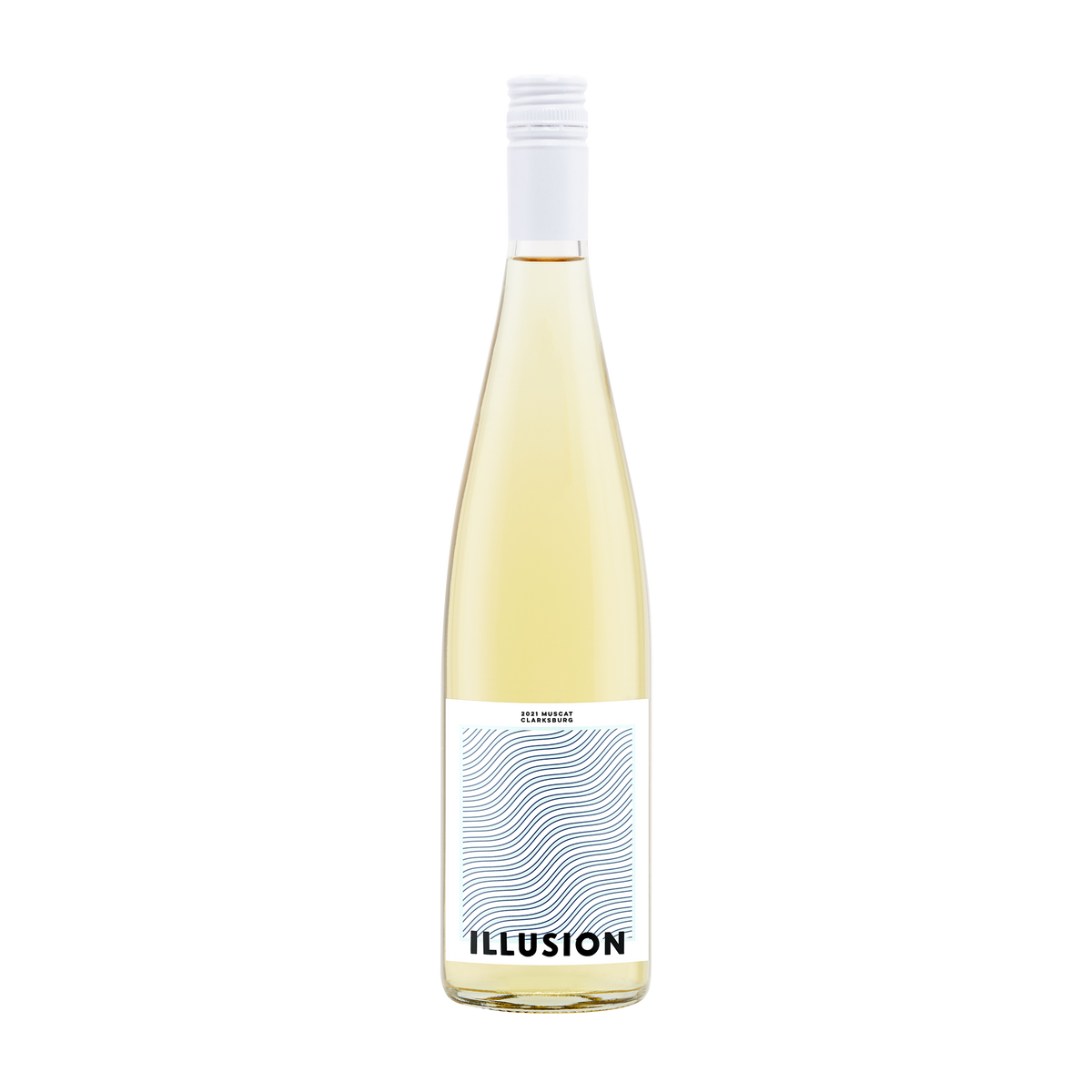Sapore Locale Moscato
Top Rated
Item cannot ship to your state
Splendido Moscato
Item cannot ship to your state
Dreamlet Moscato
Item cannot ship to your state
2022 Au-Delà Muscat
Item cannot ship to your state
2021 Illusion Muscat
Item cannot ship to your state





